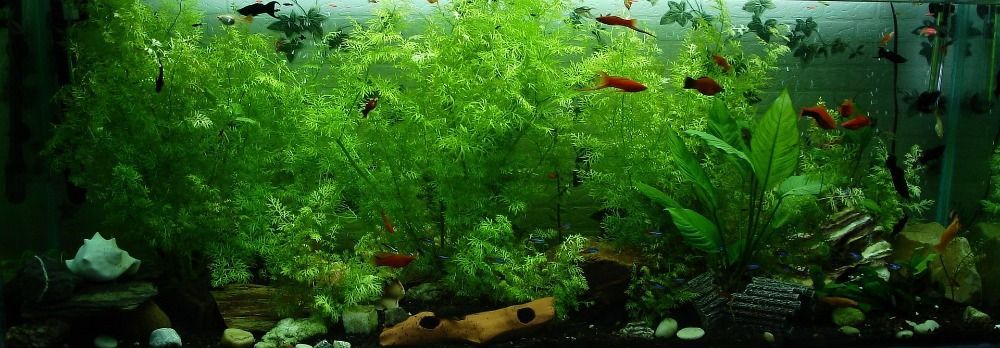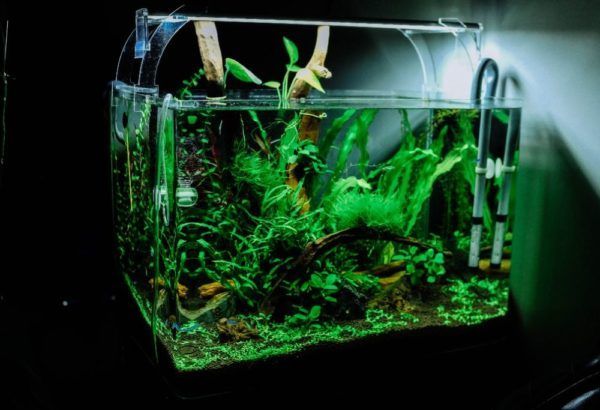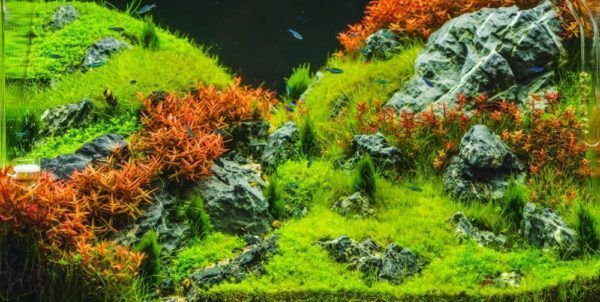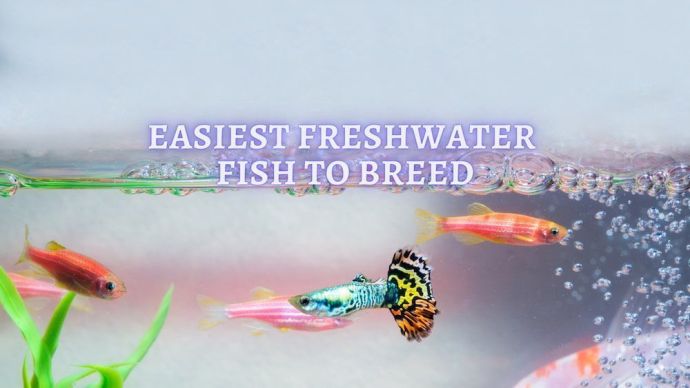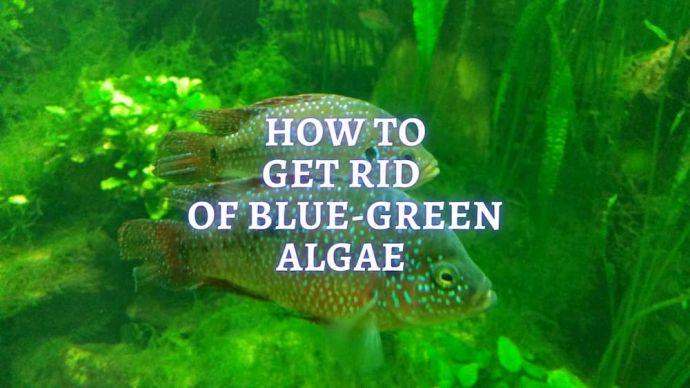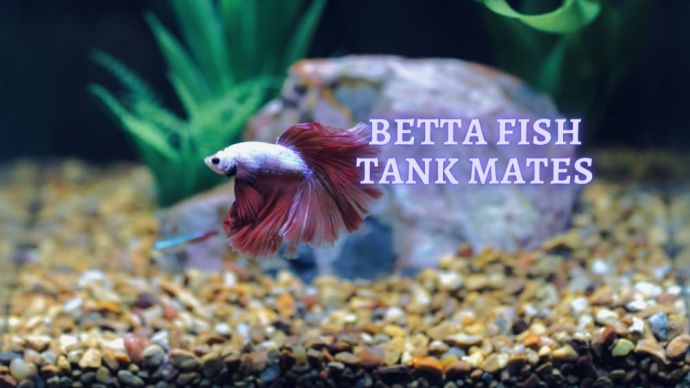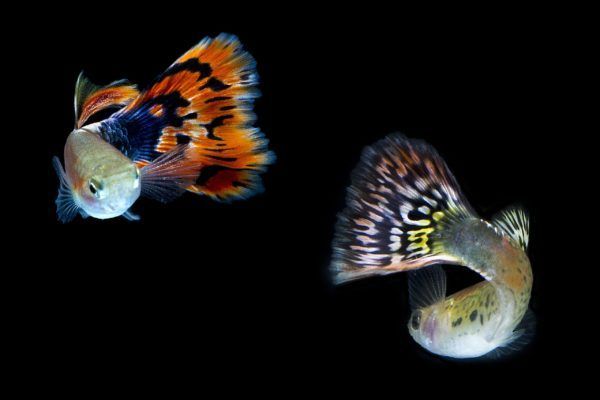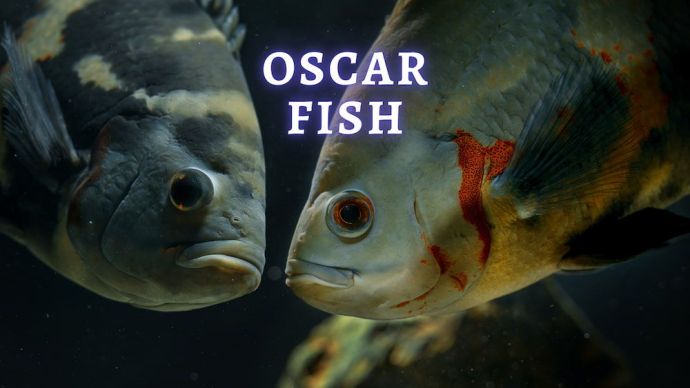What is a good Ammonia level for Freshwater Fish?
Written by:
Author: Vicki Smirnova
Vicki Smirnova is a professional writer and editor who adores animals and helps readers get along well with their pets. She has been working in digital media for more than 5 years and has great experience writing content about lifestyle, including pets. Vicki specializes in dog health and nutrition, cat feeding, dog training. She is an aquarium lover and is passionate to write about fish care at home. Also, Vicki headed several websites and worked as a news editor.
View all 244 articlesLearn about our editorial process and veterinary review board.
Viewed: 380
Updated on: 03/03/2021
Ammonia is one of the few chemicals that play an equally important role in both freshwater and marine aquariums. However, there are common misconceptions about the sources of ammonia, its nature, and its toxicity.
In a well-established reef aquarium, the problem of high levels of NH3 usually does not occur, because the vast number of bacteria and algae present contributes to the rapid removal of ammonia from the water. Against the background of low oxygen levels, ammonia can become the leading cause of aquarium death. When something in the aquarium dies, NH3 is released as a result of rotting; increased levels of ammonia can lead to other organisms.
Sources of Ammonia in an Aquarium
The primary source of NH3 in the aquarium is fish and other organisms that feed on organic substances.
Fish produce ammonia in large quantities through their gills, and possibly in small amounts with their urine. Therefore, any aquarium should have mechanisms that prevent NH3 concentration from rising to a toxic level.
Heterotrophic bacteria can also become a source of significant amounts of NH3 in the aquarium. For example, uneaten fish food that has been broken down due to exposure to bacteria will also become a source of an NH3 release.
Many organisms in aquariums also emit ammonia, such as crabs and shrimp. Almost all the inhabitants of a coral aquarium emit a certain amount of NH3.
The reason for the release of NH3 by such organisms is that with organic food, they consume significantly more nitrogen, which is required for the construction of new tissues. Accordingly, they have to somehow remove excess nitrogen. The usual method of removing nitrogen is via NH3, along with urea and some other nitrogen compounds.
Other sources of NH3 are tap water (mainly if it contains chloramine and has not been treated with ion-exchange resins), impurities in sea salt, and other additives.
Also, the high content of ammonia can be the result of contamination of calcium or magnesium chlorides, while NH3 appears as a result of technological processes in the production of salt. Calcium and magnesium supplements can be a significant source of NH3, especially when aquarium owners try to save money and use cheap sources of calcium or magnesium chloride.
Toxicity of Ammonia
Ammonia is toxic to fish. NH3 can cause damage to the gills, which leads to impaired gas exchange, ion regulation, and blood pH regulation.
The results of its influence can also be a complicated transfer of oxygen to the tissues, causing metabolic disorders and effects on the nervous system, leading to hyperactivity, convulsions, and death.
Toxicity can be measured in various ways. One of the most common ways to measure acute toxicity is to measure the concentration that leads to the death of half of the organisms over a specified period. A time interval of 96 hours is usually used.
Another problematic point related to the toxicity of NH3 is the ratio of free ammonia and ammonium ions. Although ammonium ions are also toxic to marine fish, they are still less toxic than free NH3. The toxicity indicator usually takes into account only the concentration of free ammonia. Non-fatal levels of ammonia can also cause severe problems for fish. Accordingly, the task of aquarium owners is to keep the attention of ammonia significantly below the lethal level.
What level of Ammonia is safe for the Fish?
There is no safe level of ammonia; even the lowest level can be a problem. It is necessary to carry out checks and to determine the cause of the increase in the content of NH3 as soon as possible and immediately take measures to remove it or at least dilute it.
Reducing the level of Ammonia in the Aquarium
The way to solve the problem depends on its cause. It may take a little investigation to determine what went wrong. However, you need to start by replacing most of the water. You need to make sure the water topped up in the aquarium is free of chlorine and has the same composition and temperature.
Water substitution is a great way to reduce toxic levels of ammonia, especially in small-volume systems and in aquariums for fish treatment or for quarantine.
As practice shows, the amount of NH3 is usually reduced by about the fraction corresponding to the replaced volume of water, so changing 30% of the water volume will reduce the concentration of ammonia by 30%. However, if there is an ammonia-releasing source in the aquarium, the level of NH3 will quickly increase again. In emergency situations, it is acceptable to change a larger volume of water.
If the level of ammonia continues to increase, it is necessary to monitor its level with a test kit and to keep replacing the water to maintain the concentration of NH3 at a low level.
Ammonia is very toxic to fish and to other aquarium inhabitants. Although it is not usually necessary to measure the concentration of NH3 in an established reef aquarium, this procedure is essential when keeping fish in temporary tanks such as transport packages and medical or quarantine aquariums.
Many aquarium owners associate ammonia with processes that are typical of a new aquarium. Before starting the original inhabitants, it is necessary to reduce the content of NH3 to as low as possible.
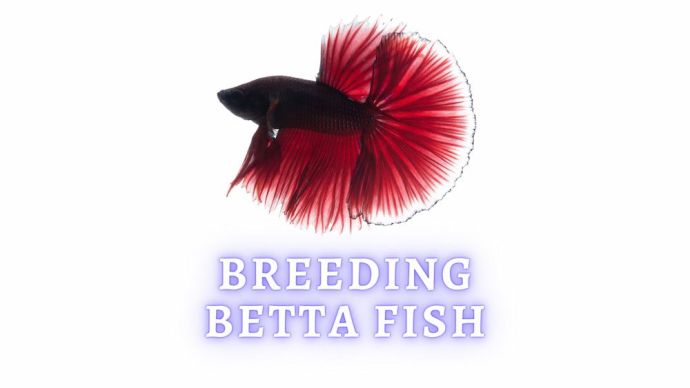 Freshwater Fish Breeding Betta Fish: All About Proper Equipment, Conditions and Timing
Freshwater Fish Breeding Betta Fish: All About Proper Equipment, Conditions and Timing - 64
- 0
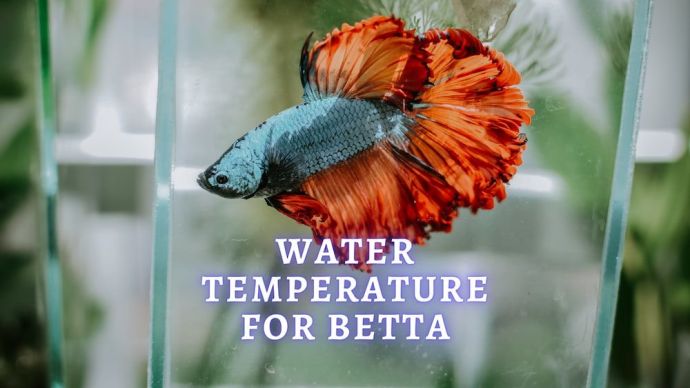 Freshwater Fish Betta Fish Temperatures: Guide To The Perfect Betta Fish Water Temperature
Freshwater Fish Betta Fish Temperatures: Guide To The Perfect Betta Fish Water Temperature - 253
- 0
 Freshwater Fish How to Treat Dropsy in Betta Fish? Recognizing Signs of Dropsy and Treat it In Time
Freshwater Fish How to Treat Dropsy in Betta Fish? Recognizing Signs of Dropsy and Treat it In Time - 102
- 0









